We stayed at the Cave Creek Ranch and had the opportunity to meet the owner and naturalist Reed Peters. In addition to running Cave Creek Ranch, Reed is President of the Board of Friends of Cave Creek Canyon, and one of the editors of the award winning book Cave Creek Canyon, Revealing the Heart of Arizona's Chiricahua Mountains, a wonderful book with 45 concise chapters, each on a different topic, and each written by a different resident of the area. We enjoyed our stay at Cave Creek Ranch, and will return this spring when the bird migration is greatest. Below is the Ranch office, and the bird feeding area right in front. If you are in the area, and not staying at the ranch, you can drop by and watch the birds for a $5 fee. We stayed in one of the stone cabins on the creek, in the middle unit. The end rooms have fireplaces. We had a great kitchen. The sandbags are in case the creek rises! We stayed two full days, and then left for Bosque Del Apache in New Mexico (next blog post!). Cave Creek runs to the northwest, and has a South Fork. We toured on both. Note that access to the upper sections of the creek by road are limited in winter by snow. Our favorite sites this visit were the Sunny Flat campground off of the North Fork, and a trail off of the South Fork. Both good birding spots. This page on BirdandHike.com has a good summary of the area. Here are some of the many images I captured during our 2 days in Portal and Cave Creek Canyon On the road up Cave Creek toward Sunny Flat campground there is parking for a short walk up to a scenic overlook. An easy hike, and great views. The image above from the overlook looking up the canyon. The canyon is narrow with high rock formations on both sides, reminiscent of Yosemite in California. There is a nature trail that runs southeast from Sunny Flat along the creek that is great for birding. We walked it two mornings. Earlier is better, starting from Sunny Flat at sunrise. However, it is cold in January. Below a Spotted Towhee. Morning sun on the Canyon walls. Ruby-crowned Kinglet at some distance. Red-naped sapsucker. Not the sharpest image, but a neat bird! In the woodpecker family. After we toured the Sunny Flats area, we drove up the South Fork road. It ends, and a trail begins, that starts off as a road/creek, with no vehicle traffic. Caught this Canyon Wren sitting on a culvert. Back to Cave Creek Ranch, the following birds were captured at or near the feeders. You guessed it, male Cardinal, trying to hide in a tree. Titmouse, hanging out by a feeder Pyrrohuloxia at the "all you can eat" suet bar. Oregon Dark-eyed Junco That is it for Portal, for now! We will return in April.
2 Comments
"Eat a live frog first thing in the morning and nothing worse will happen to you the rest of the day." Mark Twain Warning: If seeing a Grebe down an adult frog makes you feel queasy, best to move on to another post on this blog, or just stop to enjoy pictures of snow on Mt. Lemmon on the Winter pages. January 3, 2016. Another great morning at Sweetwater Wetlands birding with some friends. We stopped on one of the decks built over the wetlands, and spotted a Pied-billed Grebe playing with something in the water, which looked at first like seaweed. Closer inspection however showed his item of interest to be breakfast, a frog. I captured well over 100 images, picking the ones below to create the feeding sequence. Our best guess is that this is a Pied-billed Grebe. They are common in Mexico and the United States. The Cornell Lab of Ornithology describes them as "part bird, part submarine," using their thick bills to kill and eat a variety of crustaceans, fish, amphibians, insects and other invertebrates. Their legs are attached close to the buttucks and they have lobbed, not webbed, toes, making diving easier. They swallow their own feathers, which protect their intestines from damage from rough swallow parts. They will regurgitate indigestible hard parts. The Grebe tossed the frog around, made one early pass at swallowing it, then began feeding in earnest. The following images are captured in sequence. All photos shot with Canon 6D, Sigma 150-600 contemporary, at 600 mm. Post production processing in Adobe Photoshop Lightroom. Best wishes for a Happy New Year!
I returned to White Water Draw (WWD) in Cochise County right after Christmas, the afternoon of Saturday the 26th, and the morning of the 27th, accompanied by my wife DJ, always the able bird spotter and companion. White Water Draw in December and January is winter home for thousands of Sandhill Cranes. Below is a view of WWD at 9 am on the 27th, facing southwest. The morning sun is throwing heavy shadows on the hills. WWD has excellent walking paths and occasional benches. In the distance you can see one of the platforms build out over the marsh, bringing visitors closer to the water and the cranes. Below are 4 cranes returning to their roosting site at WWD after a morning of foraging for corn left in the fields after the fall harvest. WWD is also home, or home away from home, for many other bird and animal species. 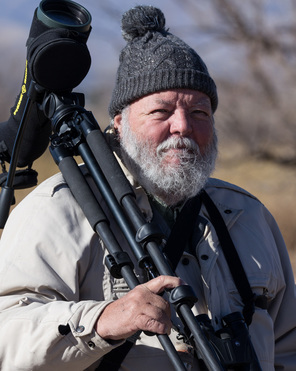 Saturday afternoon was cold and windy, with most birds keeping warm somewhere out of view, and the cranes hunkered down on the marsh. After a short cold visit, we warmed up in Bisbee overnight, and discovered Sunday morning to be clear with little wind. At 8 am we joined the Director of the Southeastern Arizona Bird Observatory and Naturalist Tom Wood, for one of SABO's early morning bird walks. Check out their calendar of events here. We signed up in advance, and had a wonderful morning. Many thanks to Tom for the wonderful introduction to SABO, all the work they do for WWD, and for his permission to use his likeness, to the right! We could not have had a better guide/companion or a better morning. Morning walk, Sunday December 27th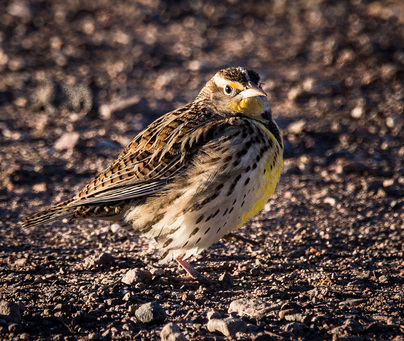 We met Tom in the parking lot at 8 am. For a map of WWD see my posting of November 11, 2015. It is about a 30 minute drive from Bisbee. Our first sighting was the Meadow Lark to the right, enjoying the early morning sun in the parking lot. This time of year is cold in Cochise County, and ice forms on the water, usually melting away by the end of the day. We spotted a group of Northern Shoveler's, males in mating plumage, standing on the ice. So what is colder, standing on the ice or floating in the water? This group was preferring the ice. Below are two male Northern Shoveler's in flight, an image I grabbed on Saturday afternoon. Again, they are in mating plumage. As we worked our way toward the water, we spotted the male Pyrrhuloxia, below: Sitting on a branch in a field, a Loggerhead Shrike, below: Later in the morning, we spotted a Northern Harrier Hawk sitting in a field of grass. I got several shots, this one with the hawk looking our way. Not the sharpest image, but good enough to show the shape of the hawk's head, similar to that of an owl. Toward the end of the morning, we spotted a Cooper's Hawk on a distant snag. I was able to advance slowly before he took off, getting this image: Late morning we took a break and thanked Tom Wood for the great tour of WWD. The image below is shot looking northeast. Return of the Sandhill Cranes . . . . .Sandhill Cranes are large birds, with long necks, long legs and wide wings. They mate for life, can live 30 years, and tend to stay in family groups as they migrate back and forth from summer breeding grounds in Canada and the northern U.S. to winter foraging in Arizona/New Mexico wetlands, and for some species, Florida. For details of the birds, their behavior and ranges see the Cornell Lab of Ornithology website and The Aldo Leopold Foundation site. We returned to one of the platforms about 11 am and waited for the noon rush back to the roost. About 11:30 am we spotted birds on the horizon as one wave of cranes after another came out of the north and northwest toward WWD. The two images below come from over 600 I captured in less than an hour. Each image is a fraction of the flock in the air, hopefully showing their dense flight pattern as well as details of these beautiful birds. As the birds flew in from the northwest in wave after wave, they entered a swirling fight pattern above us, all the while producing their characteristic trumpeting. As though being cleared by flight control, they broke out of the circular pattern and descended for a landing, dropping their legs, and raising their bodies and necks. On the ground the birds create a uniform gray mass. However, my wife and spotter noted that one bird looked different from the rest: A different bird? A different species? We asked Tom Wood via email, and he tells us that Sandhill Cranes are brown or red as juveniles during their first year, but molt before fall migration begins. However, about 1 out of 1,000 do not molt, for whatever reason, and arrive in Southern Arizona with their juvenile colors. Mystery solved! That is it for now! January should bring more cranes to WWD. Find some time to get down there. Dress warmly, and bring hot coffee. Happy New Year! Honk if you like White Water Draw! |
AuthorHenry Johnson, photographer and author of this site. For more detail, see About
Categories
All
Archives
July 2024
|
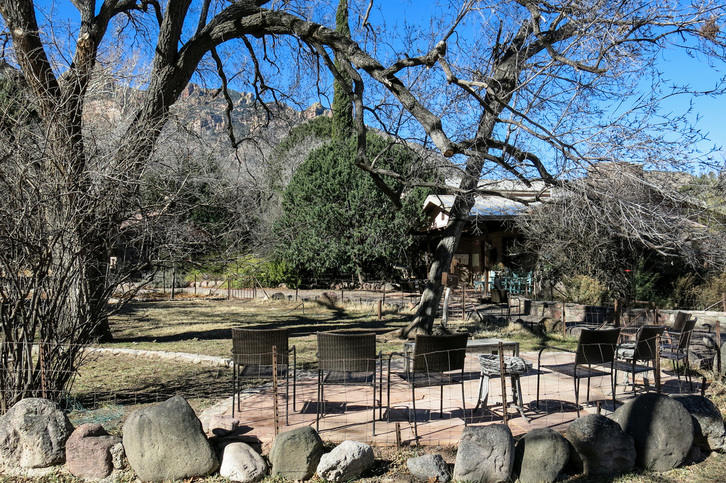
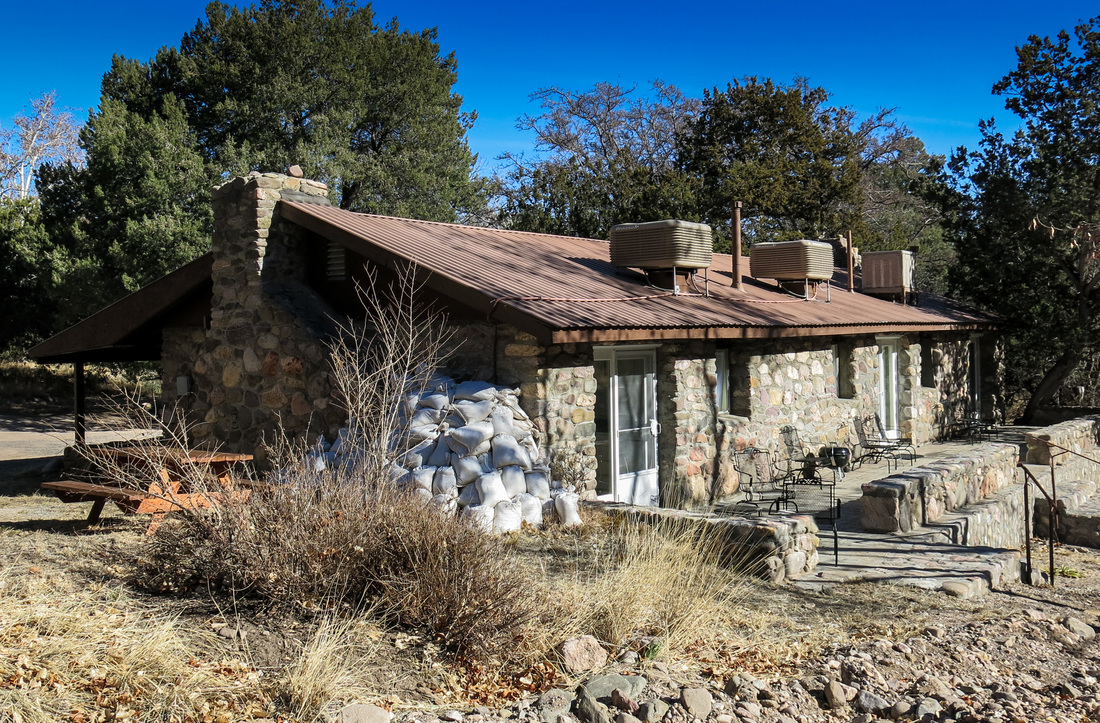
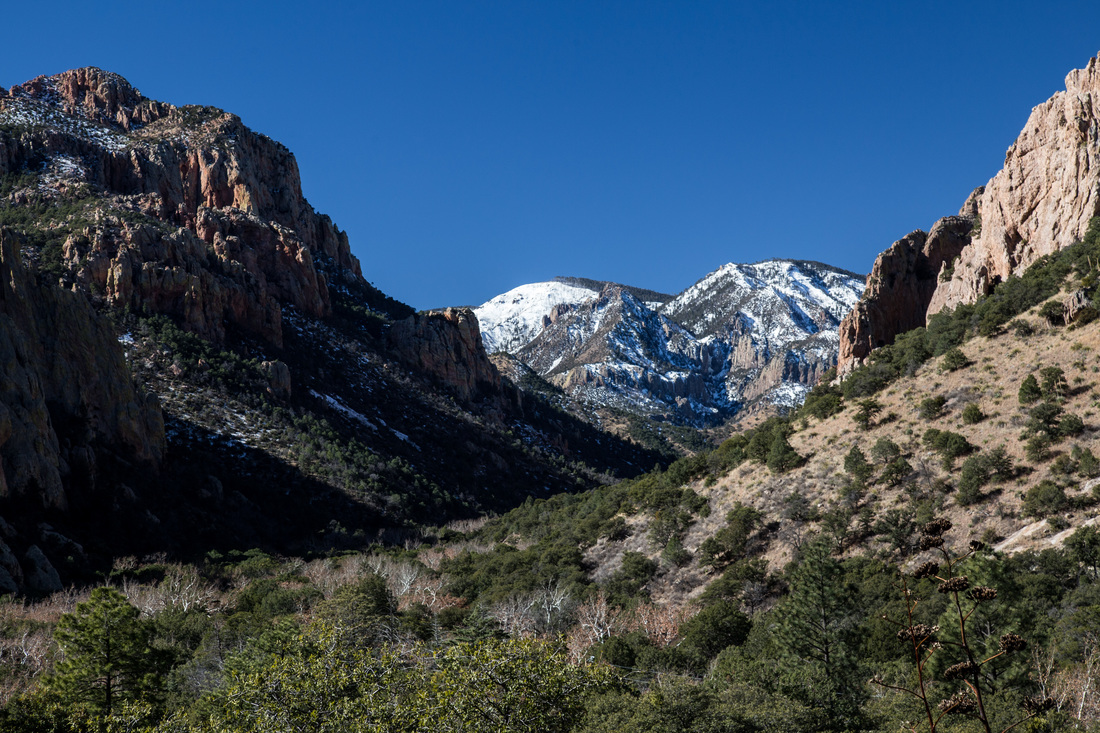
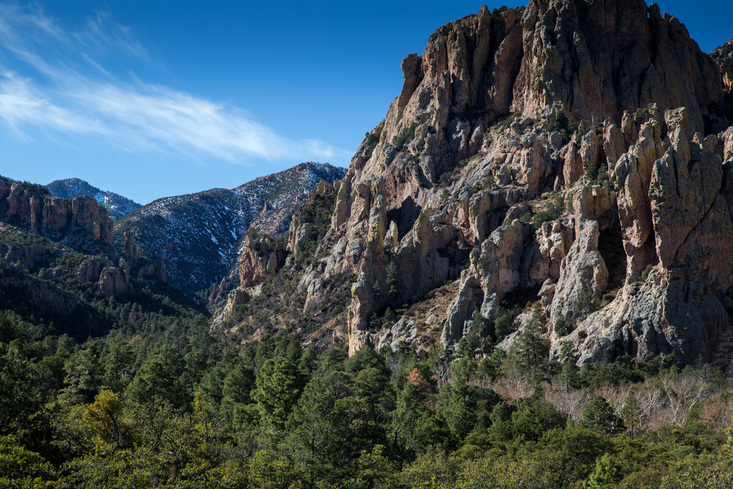
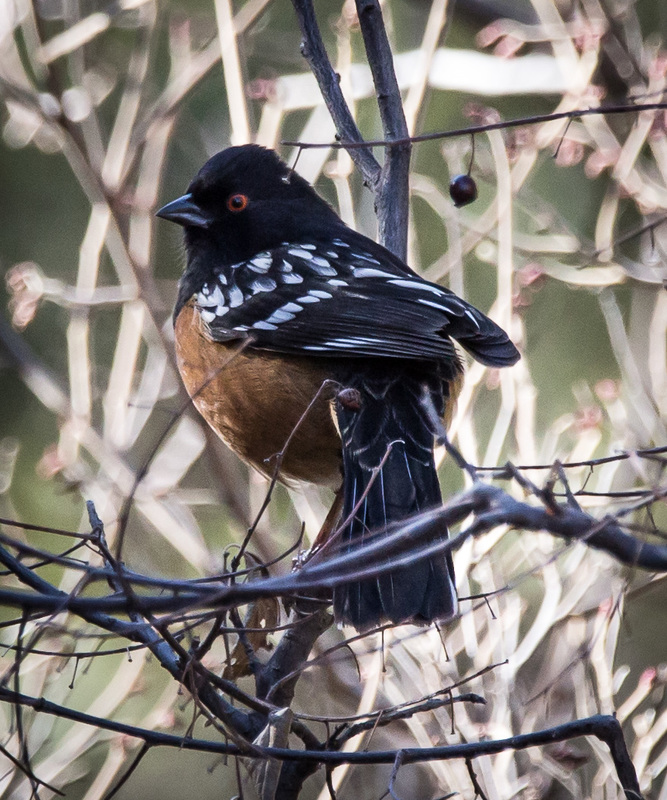
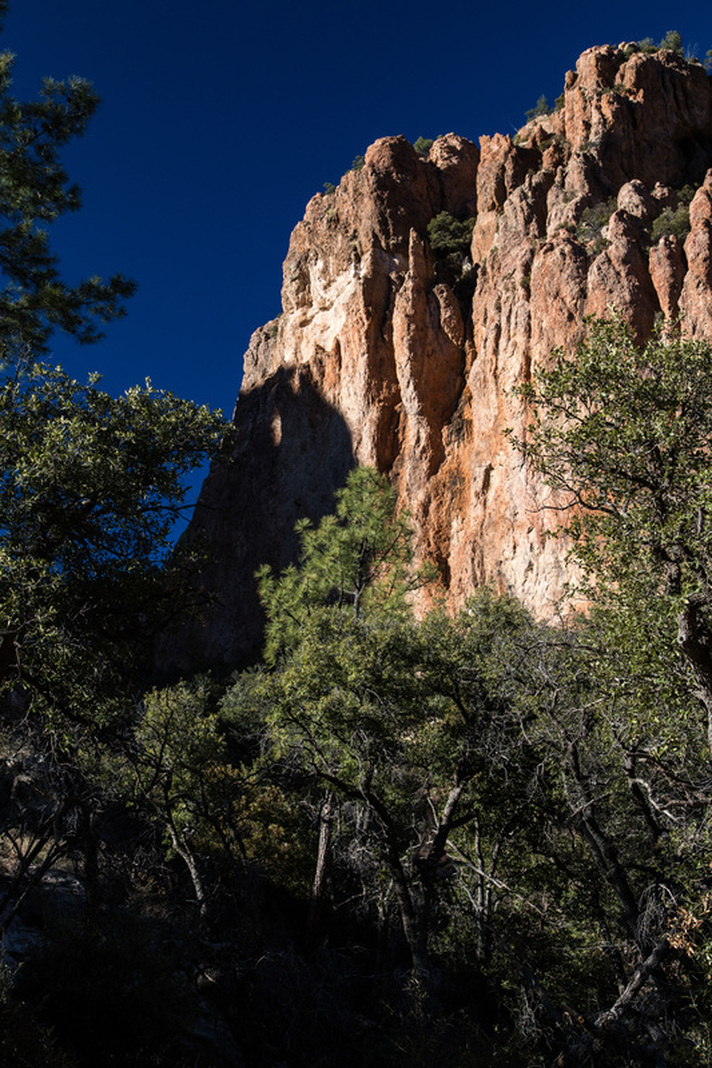
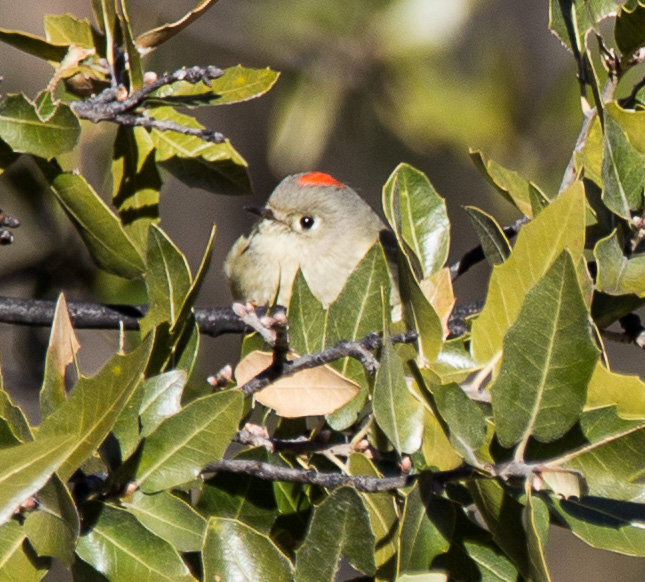
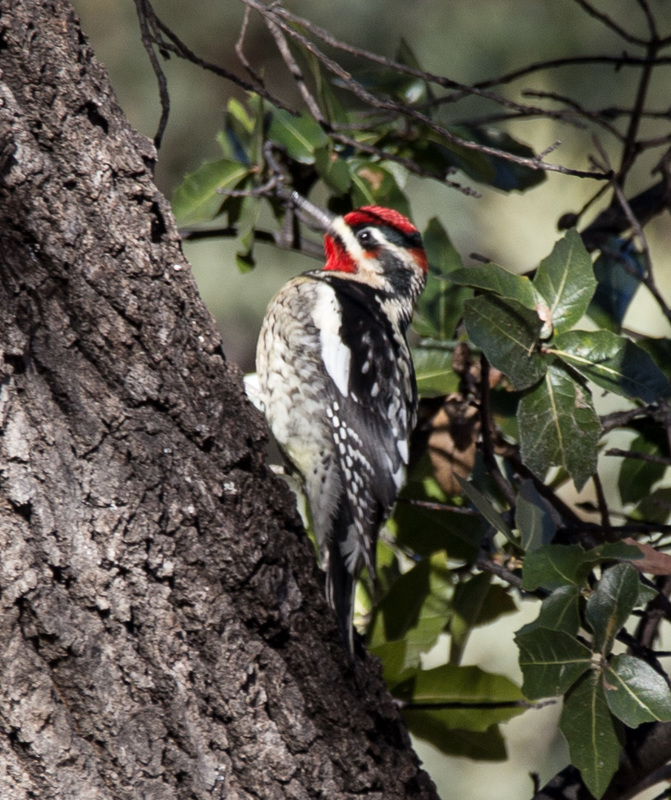
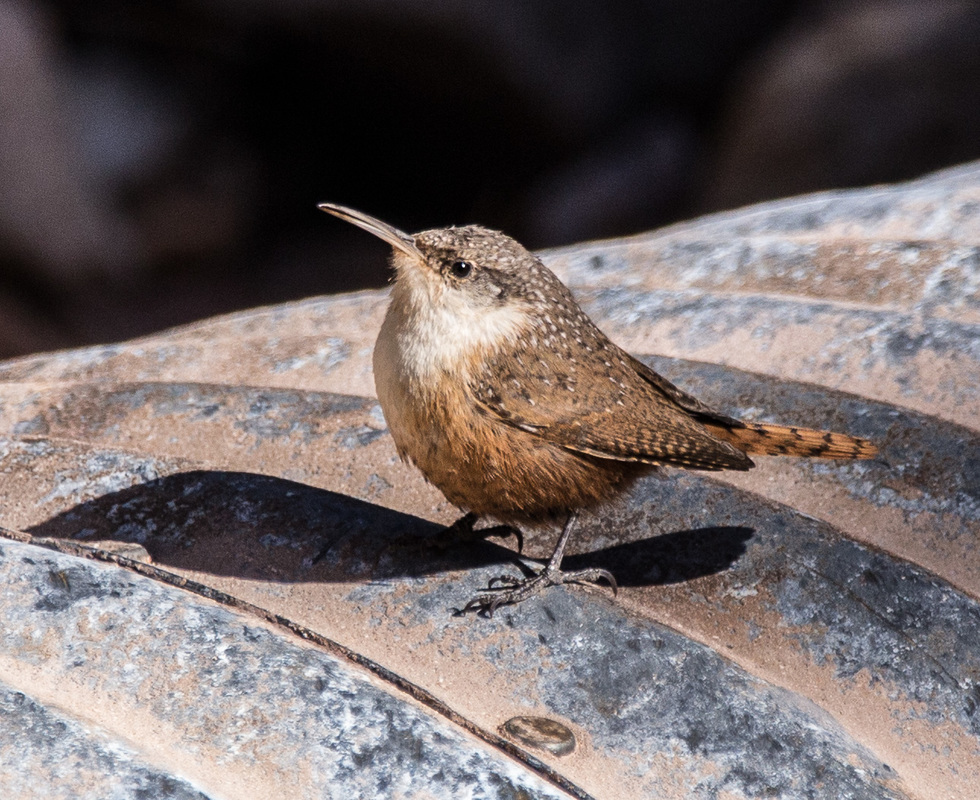
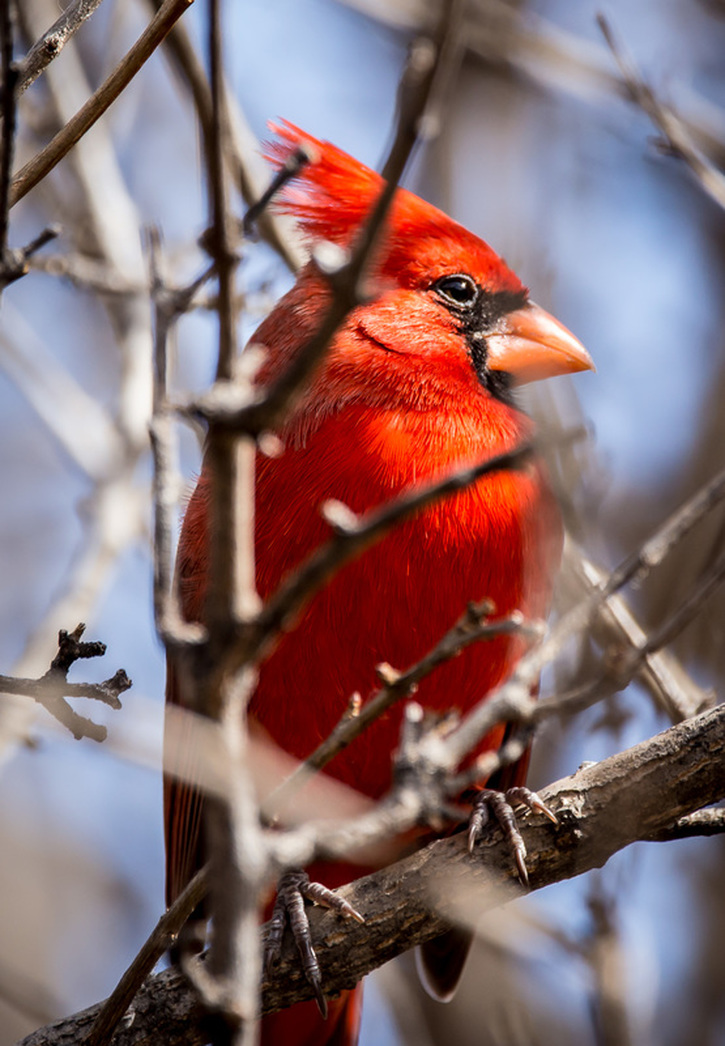
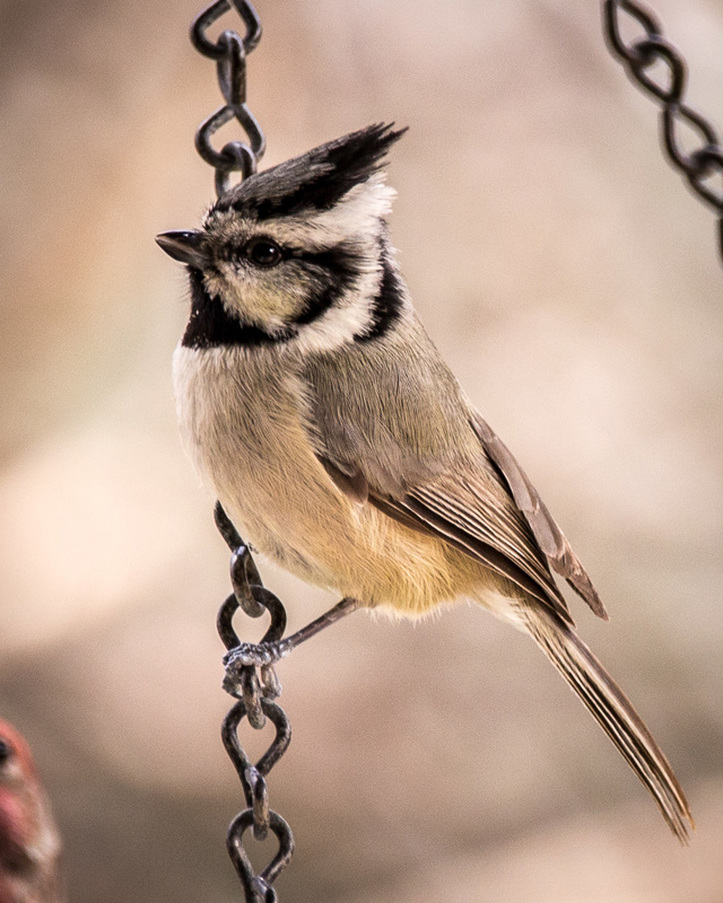
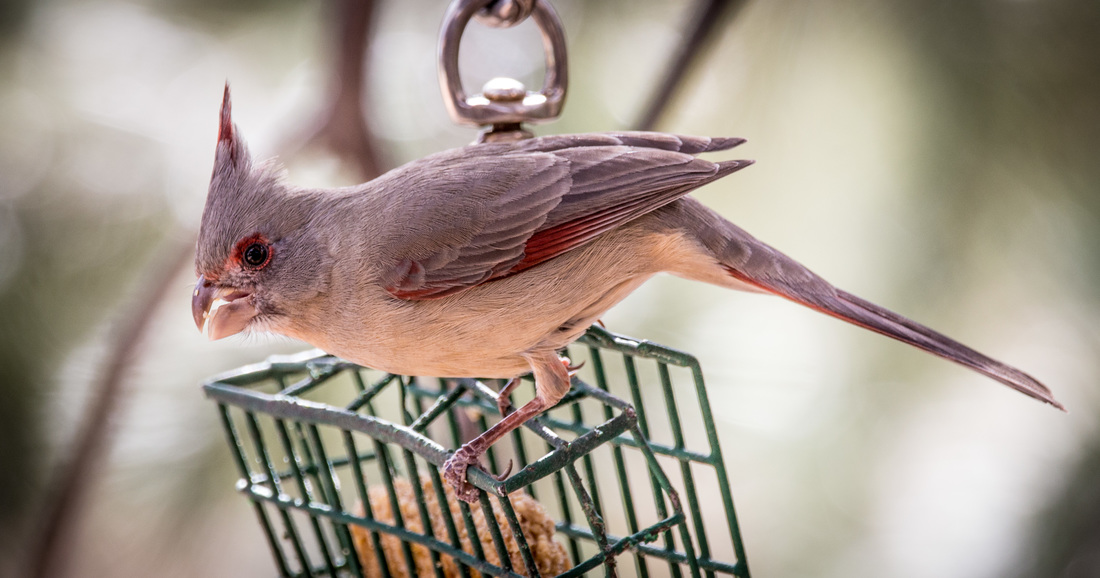
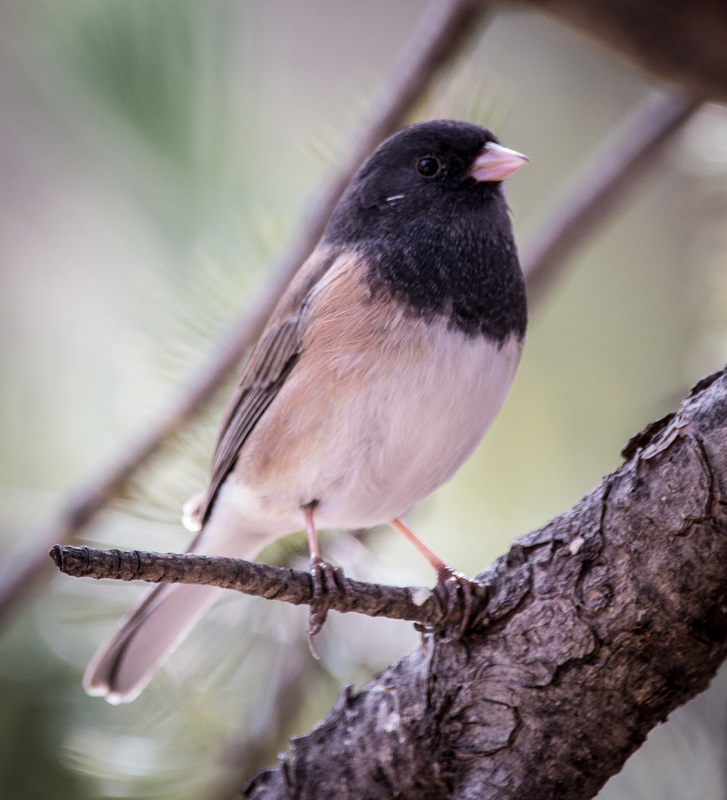
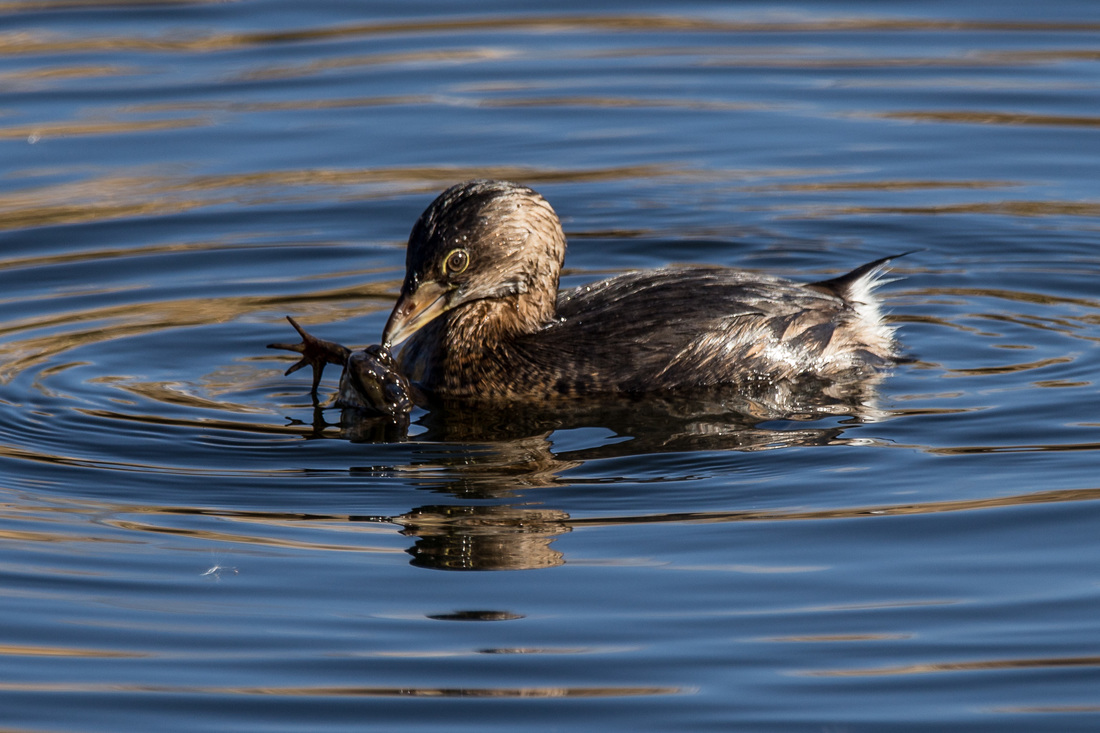
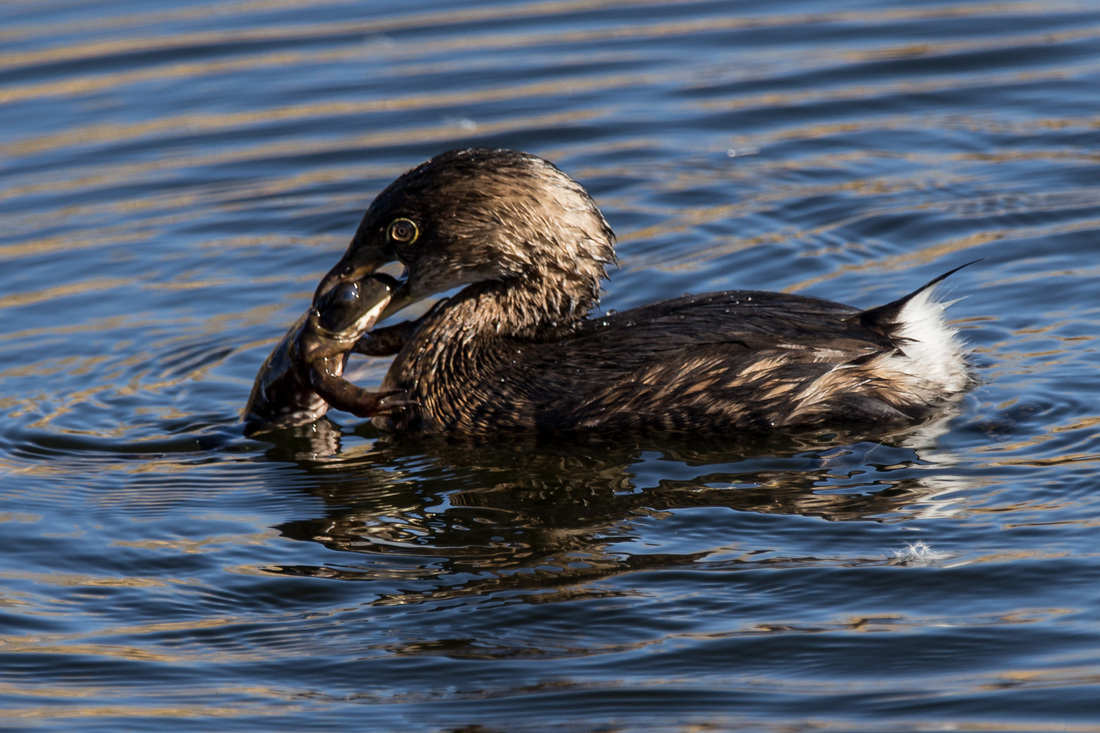
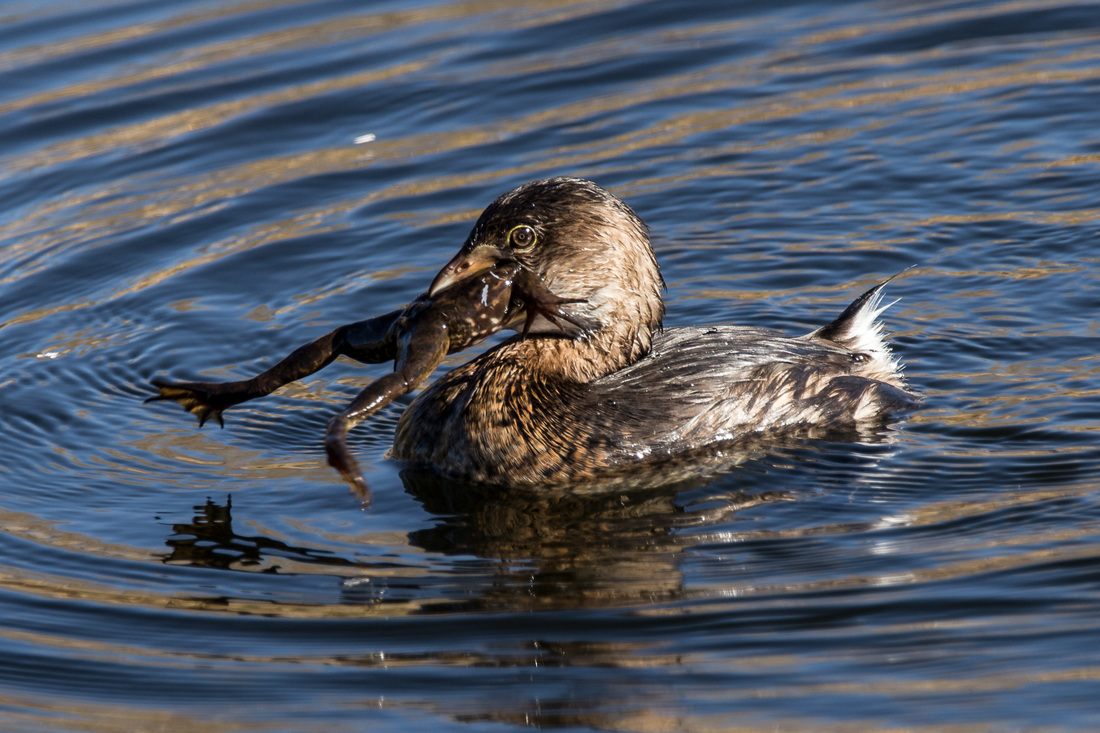
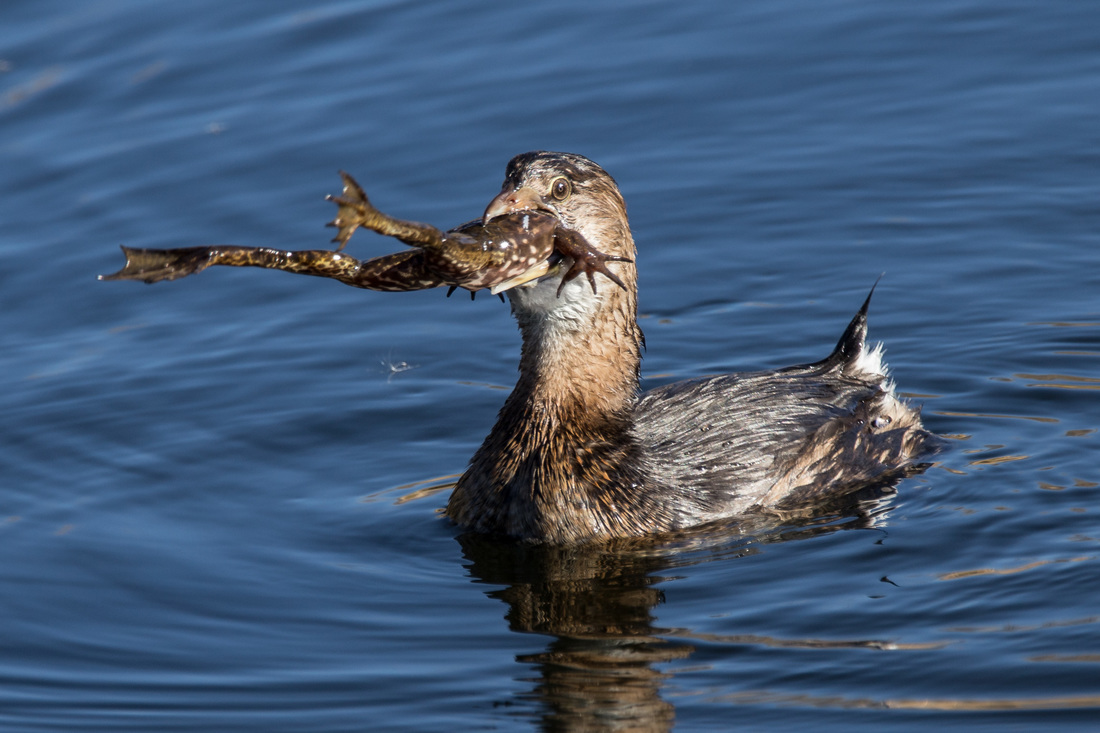
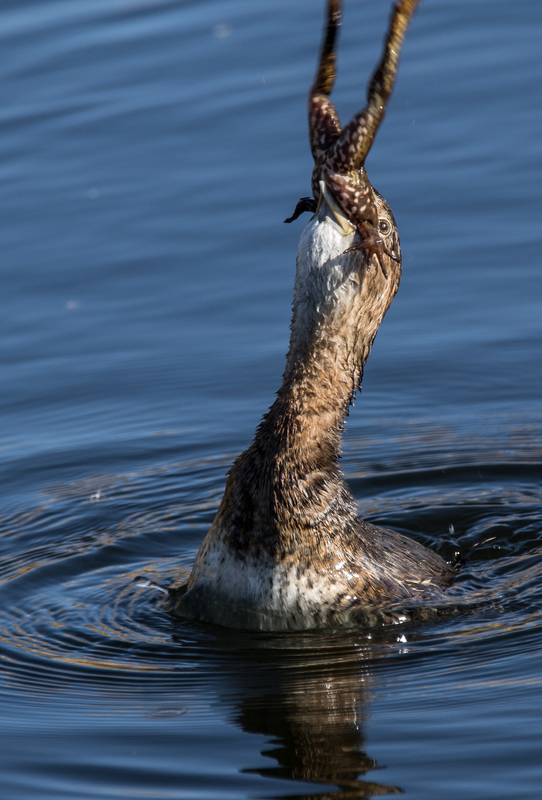
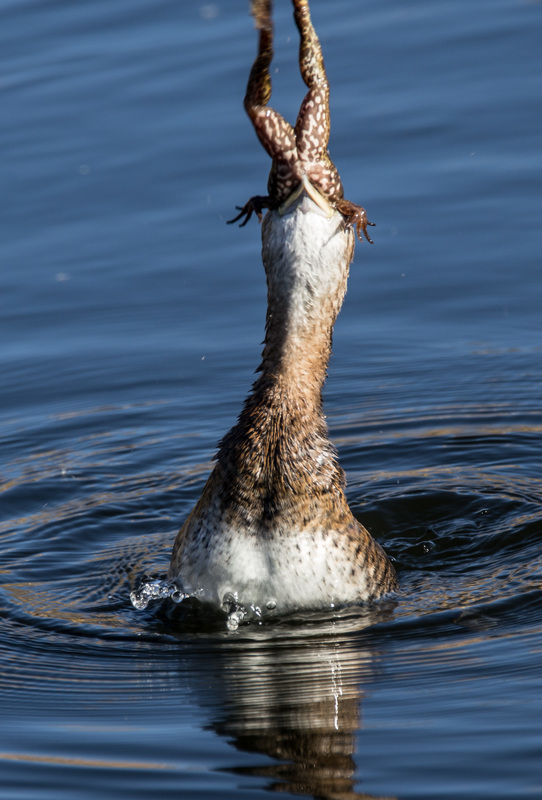
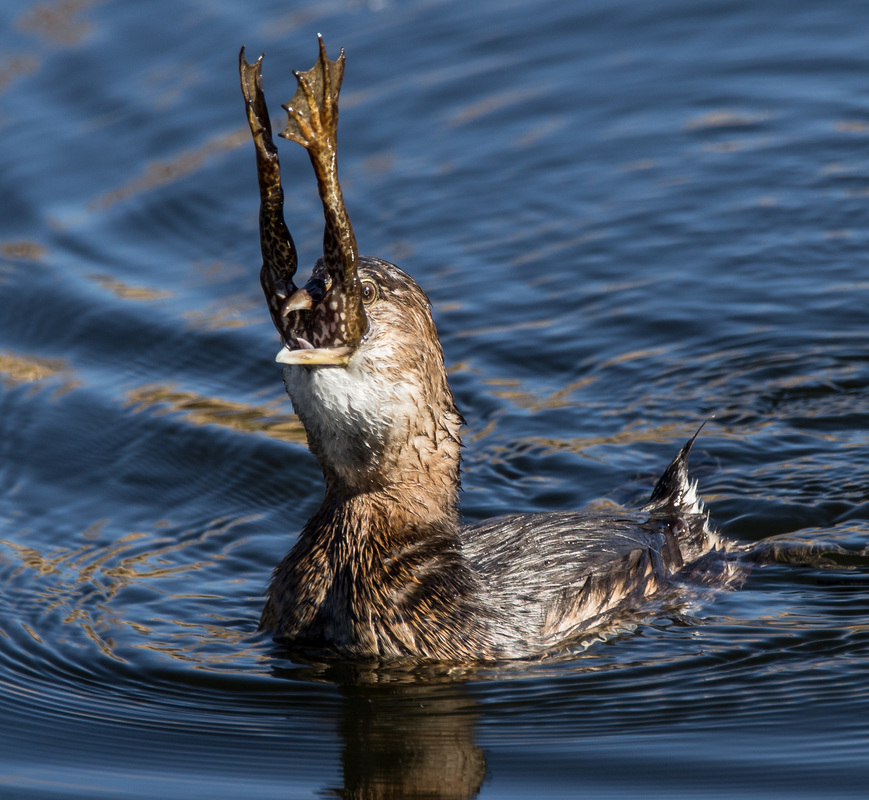
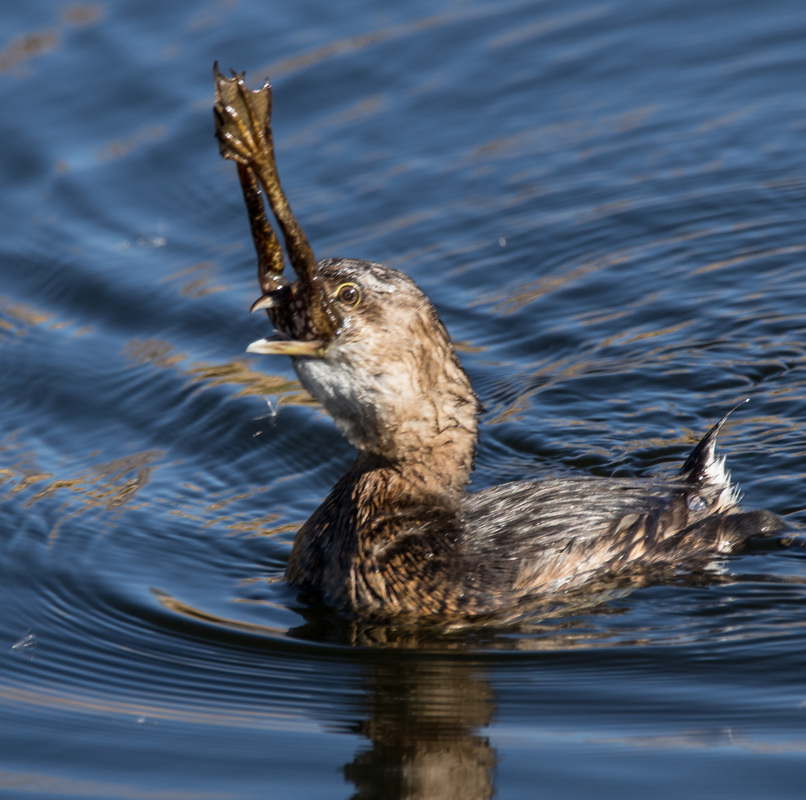
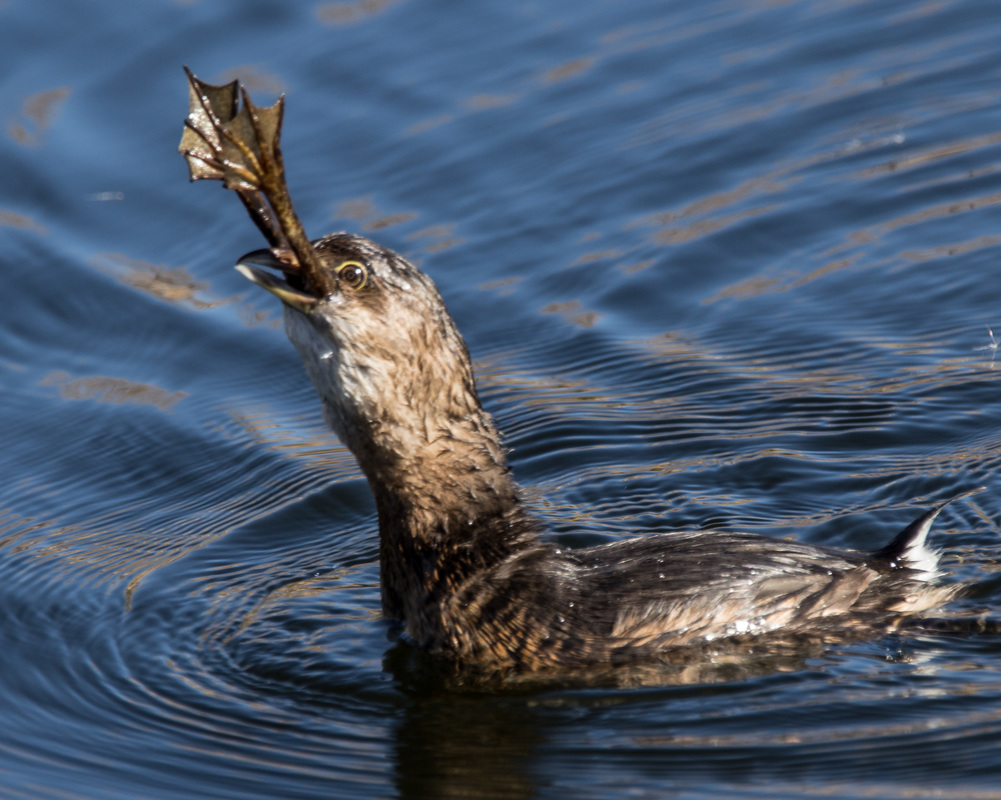
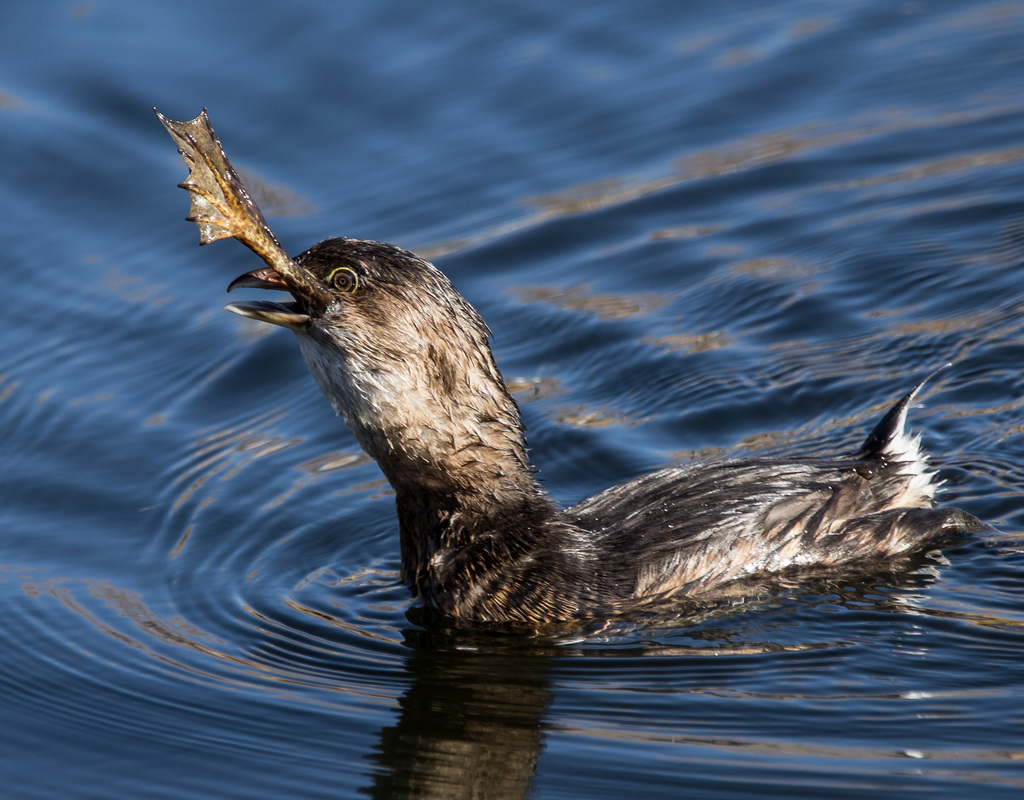
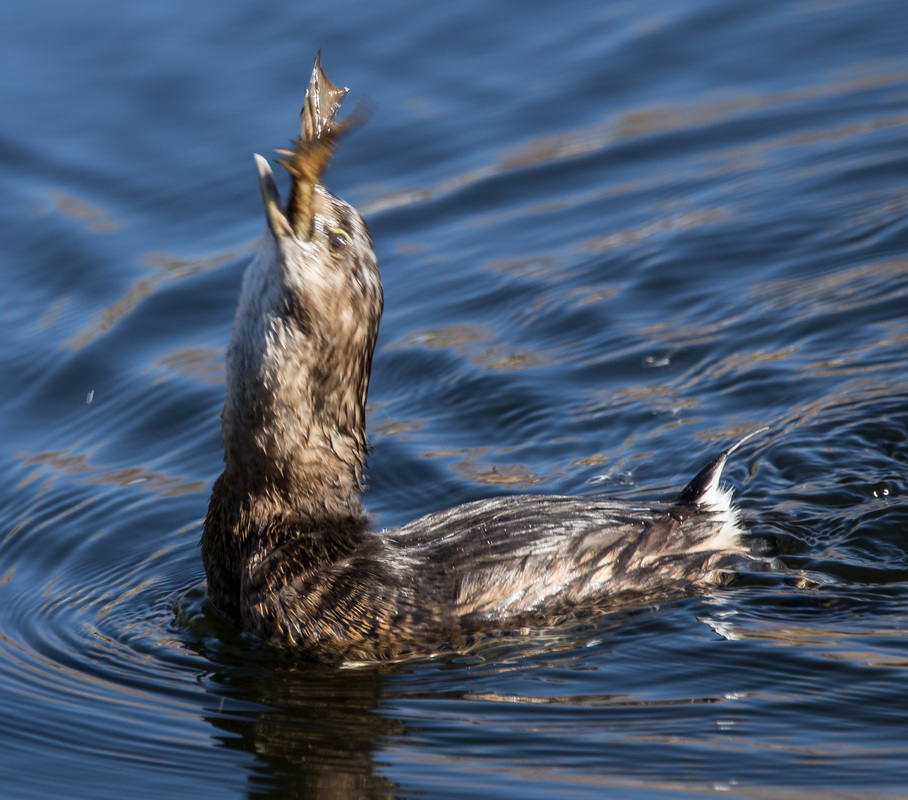
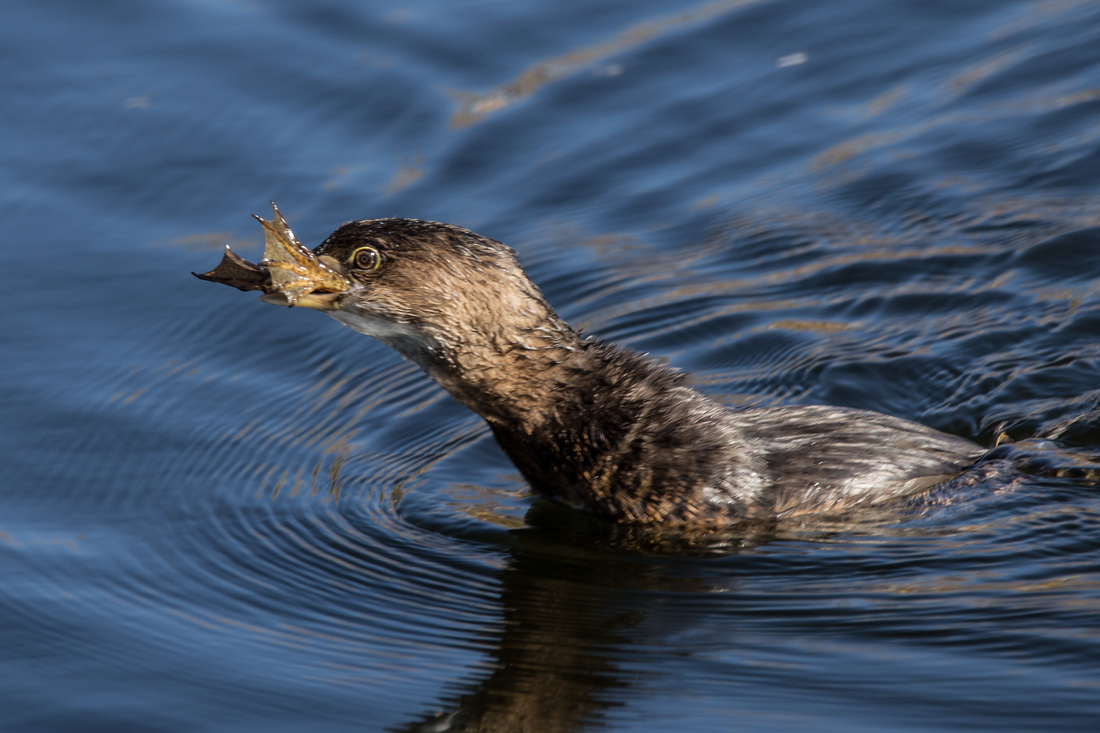
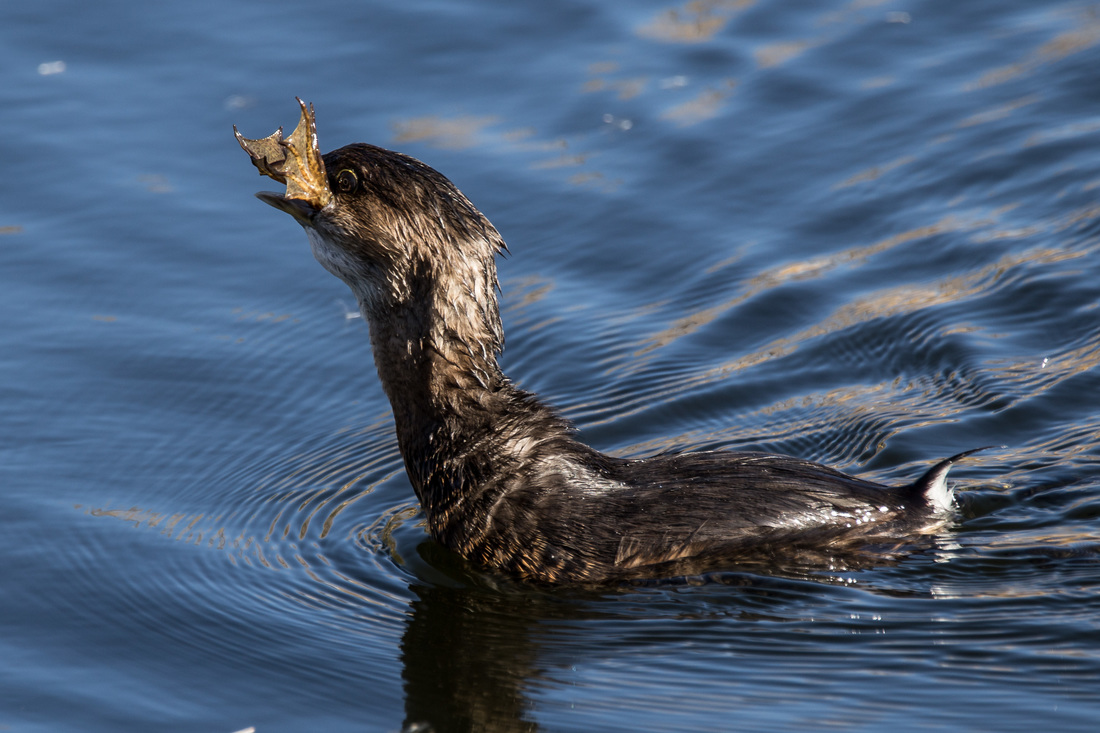
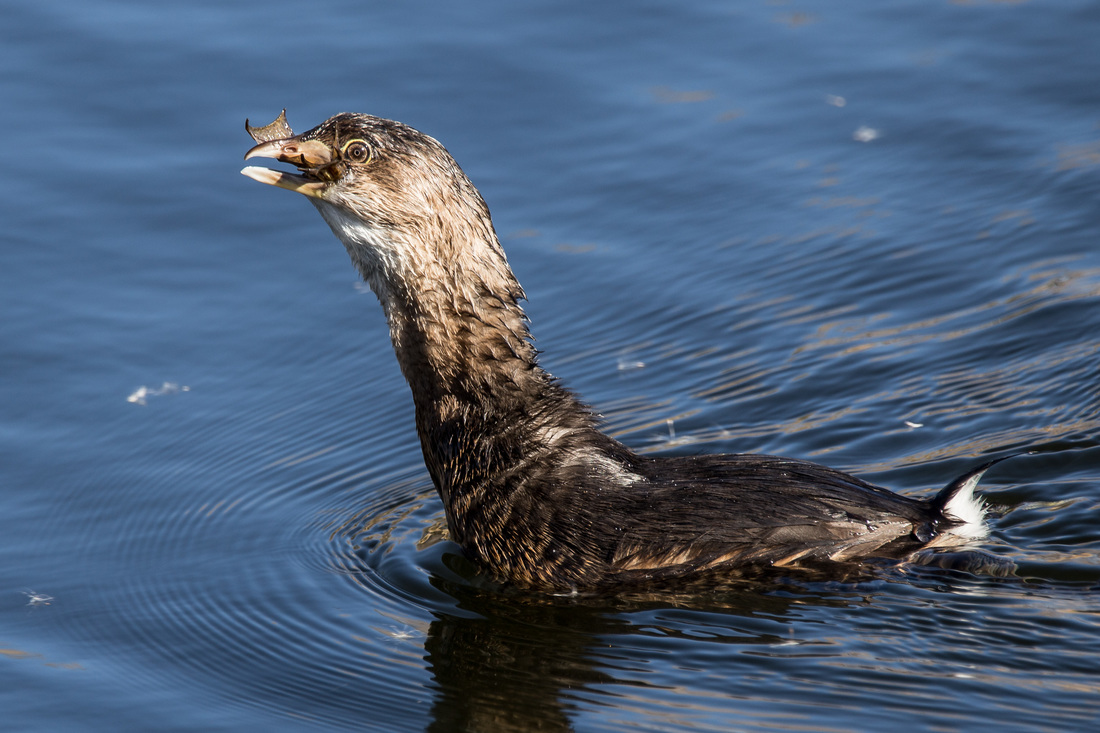
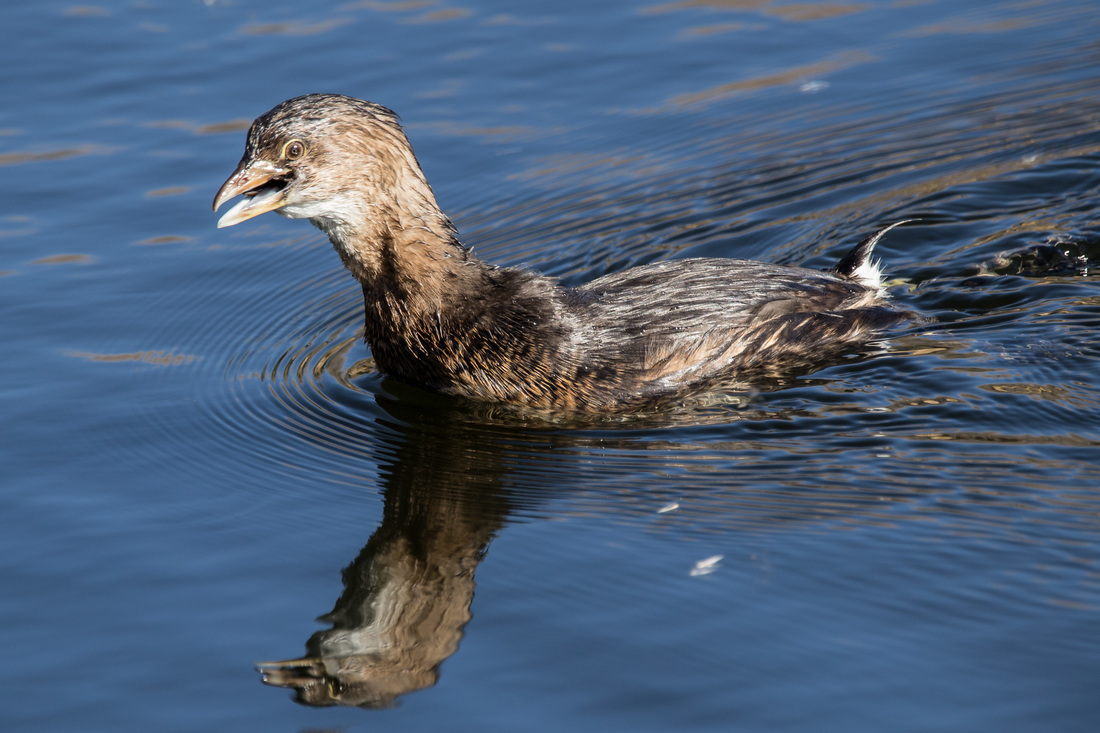
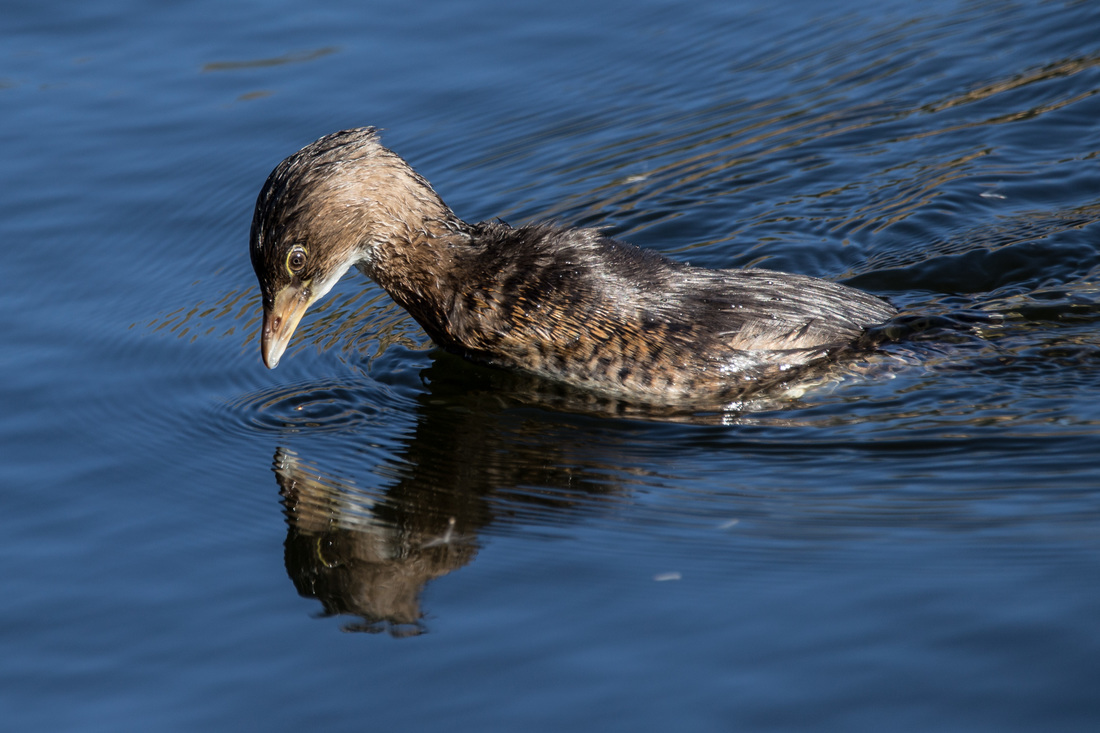
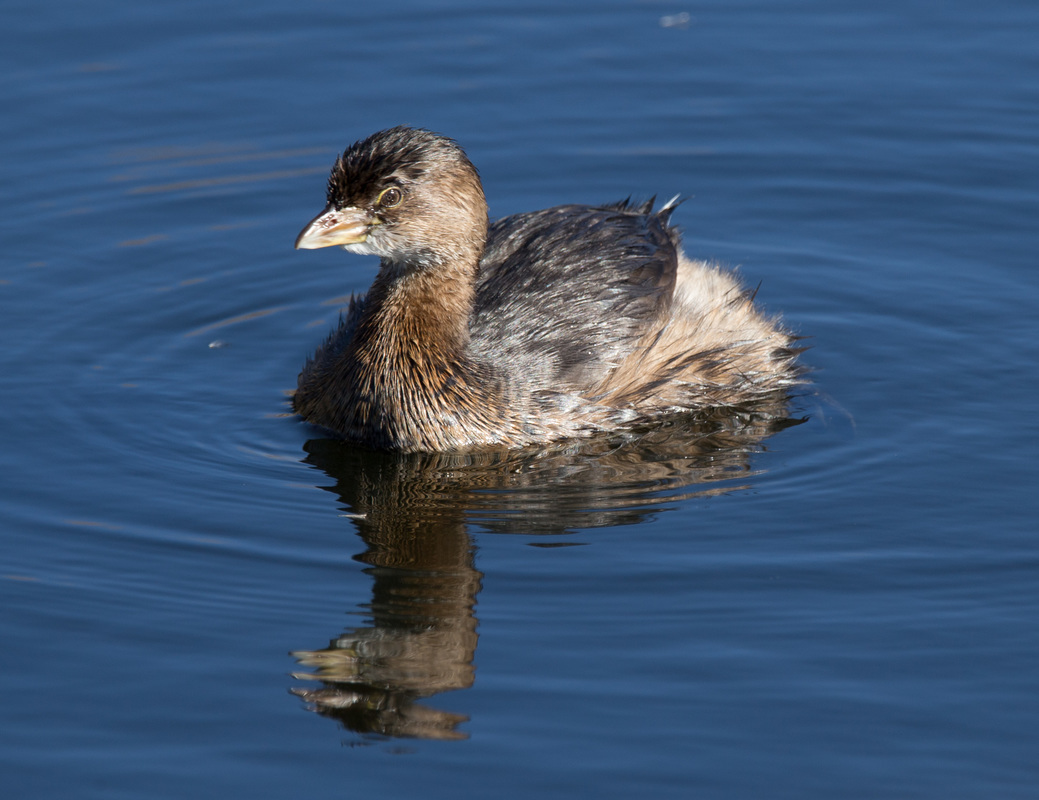
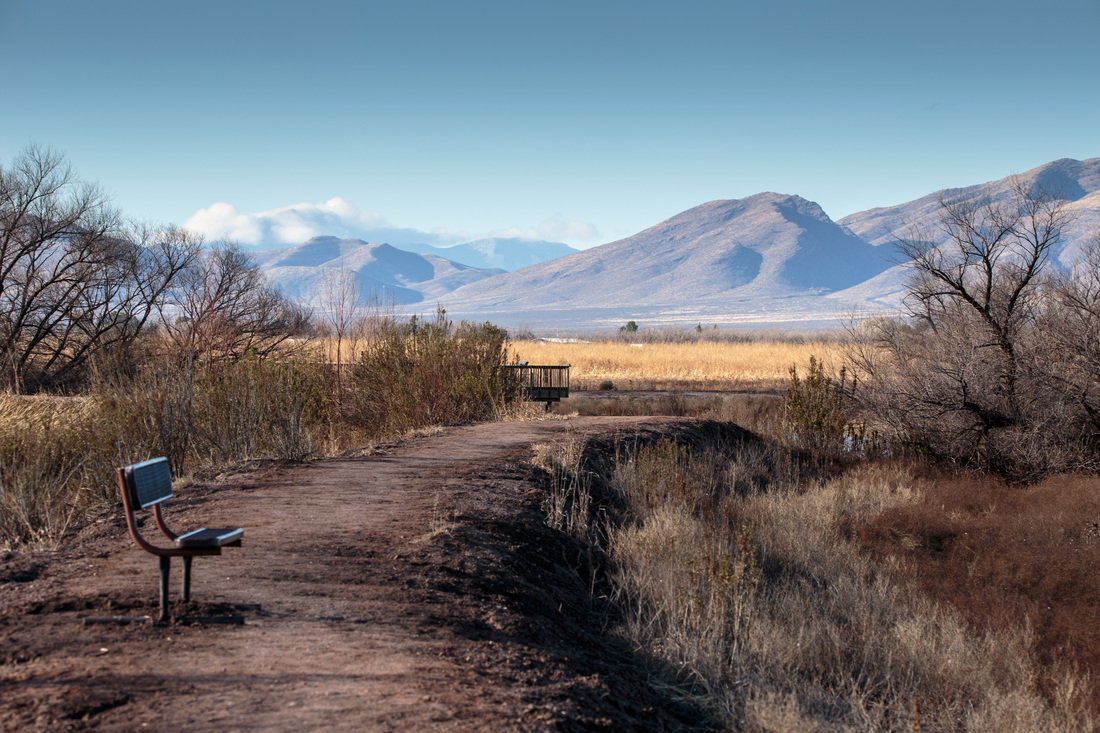
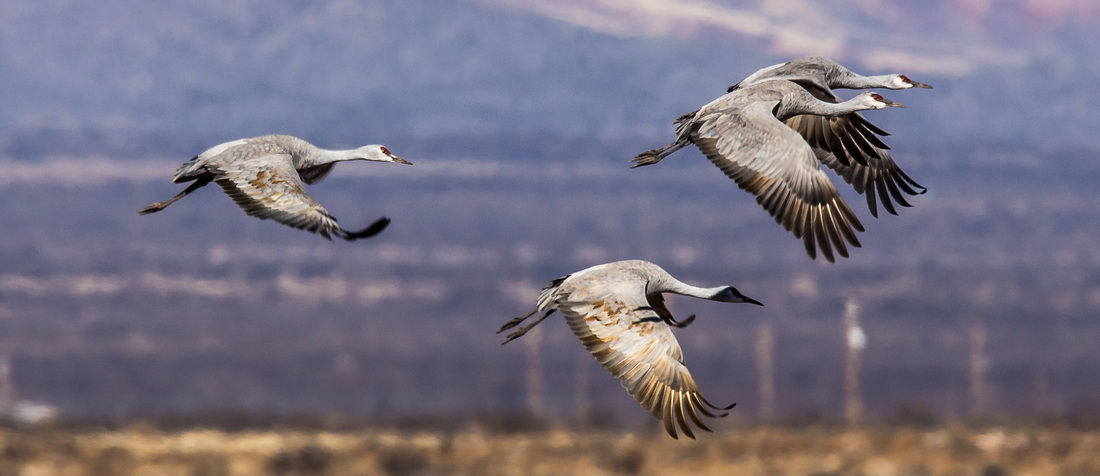
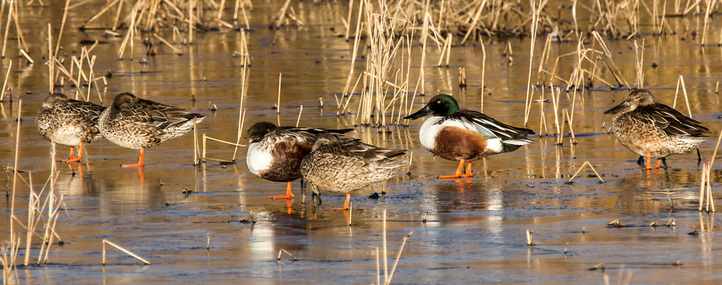
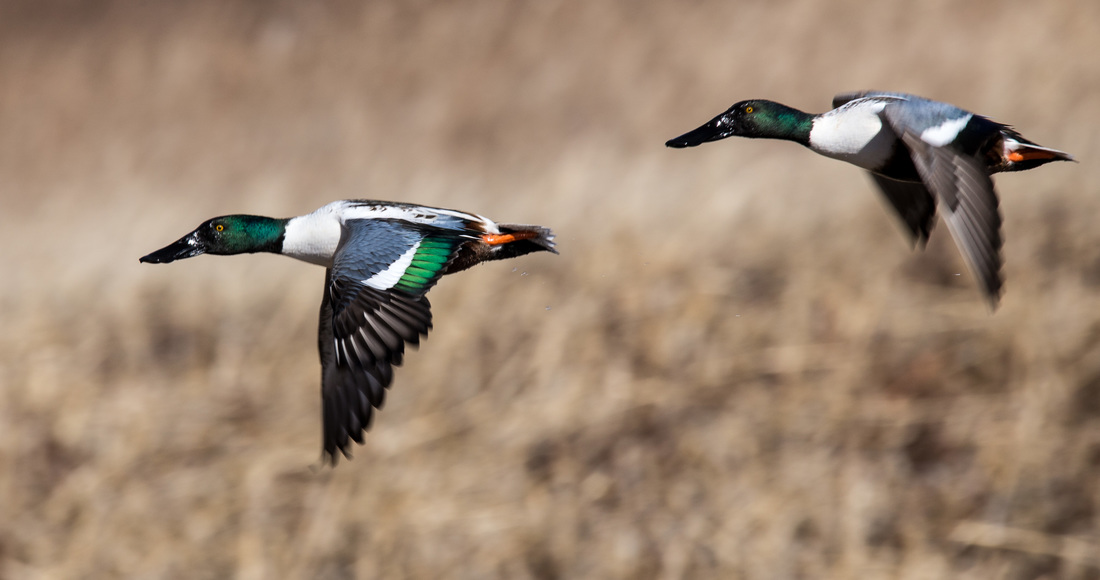
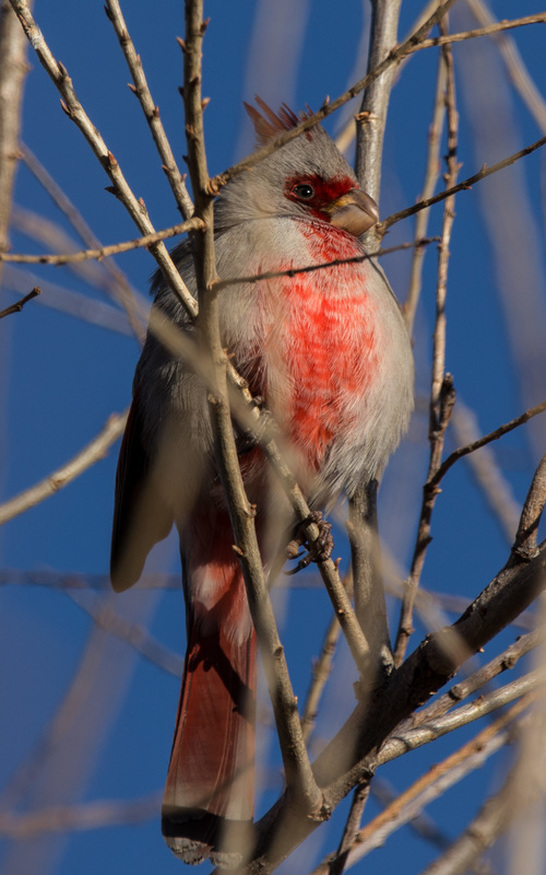
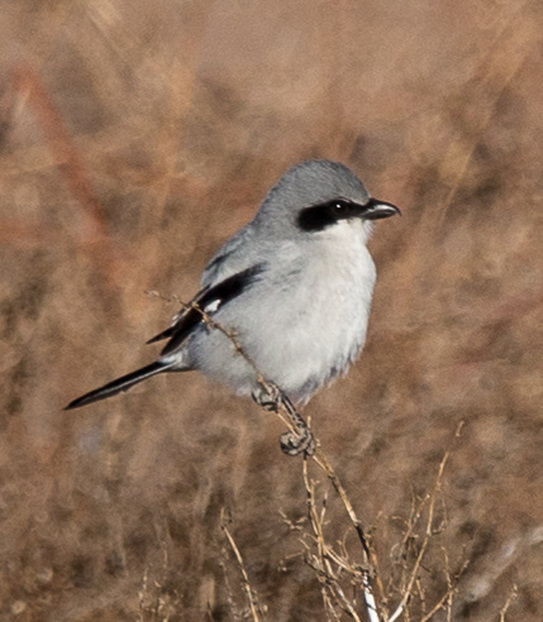
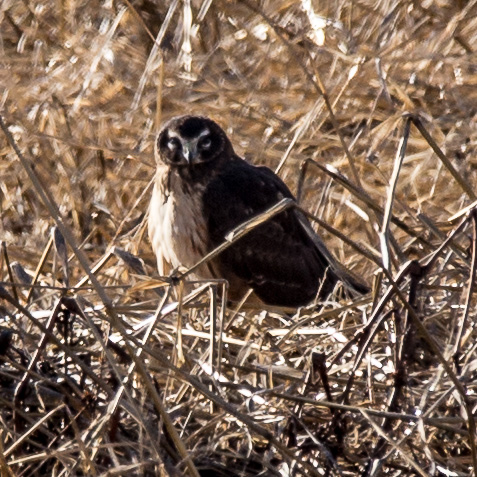
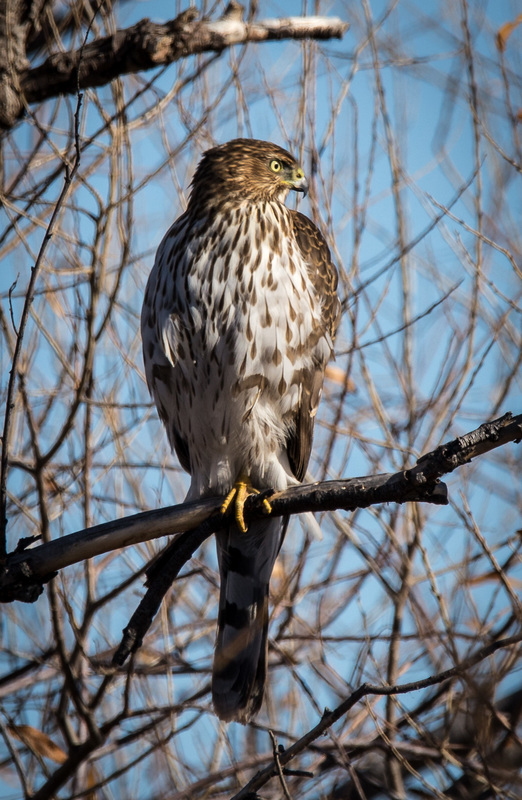
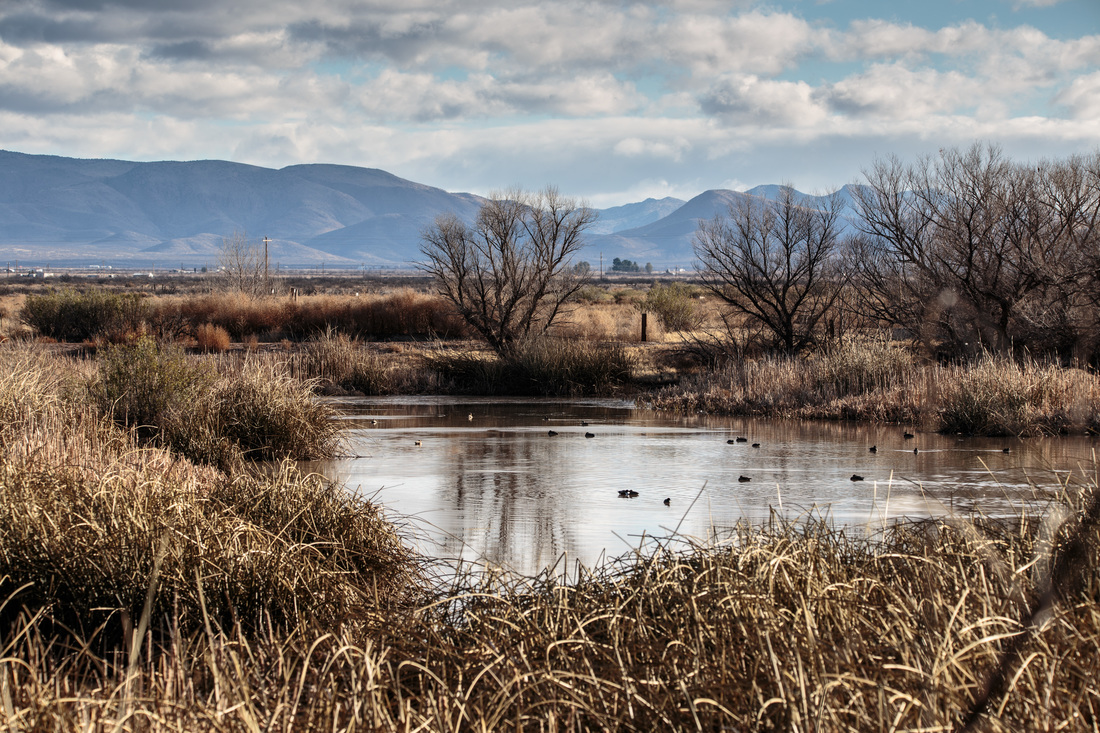

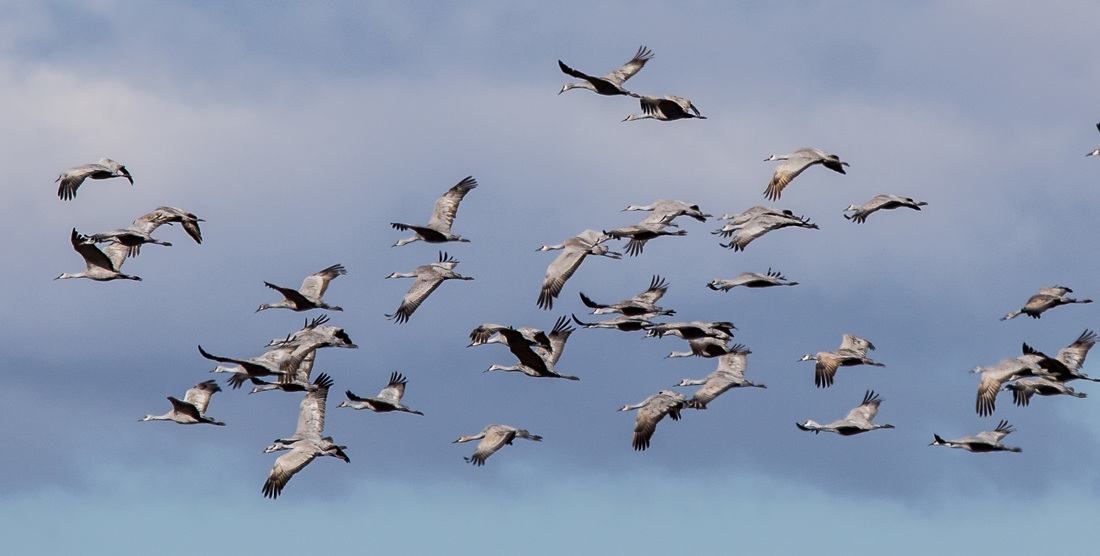
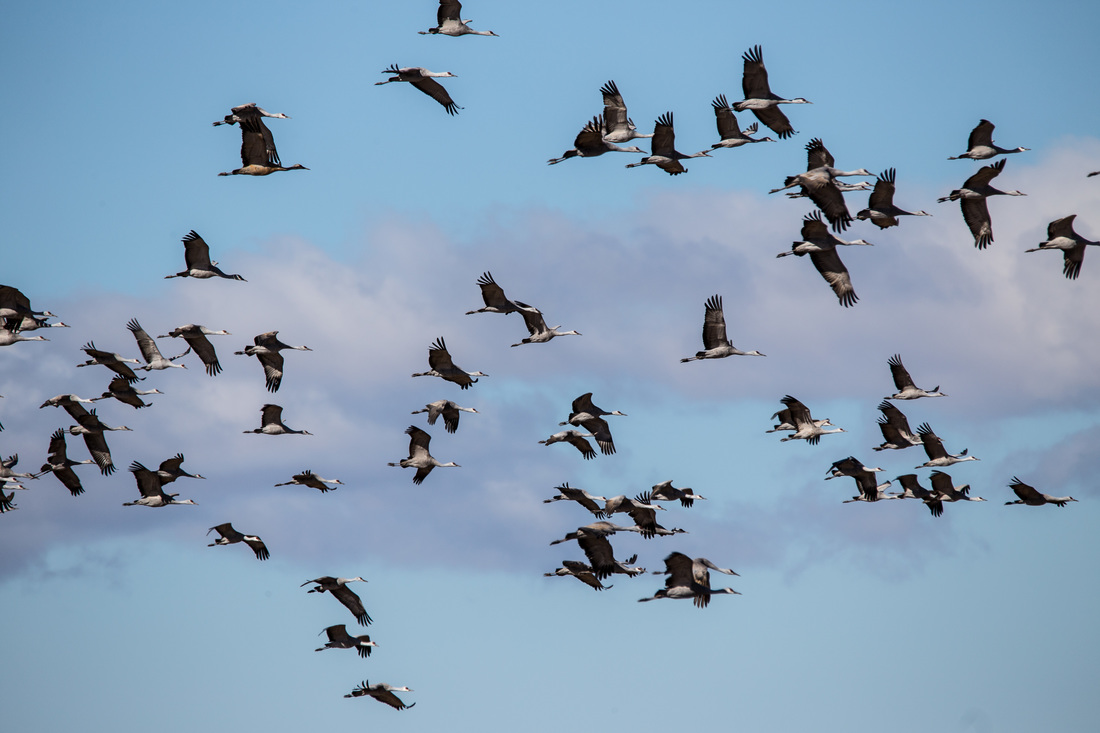
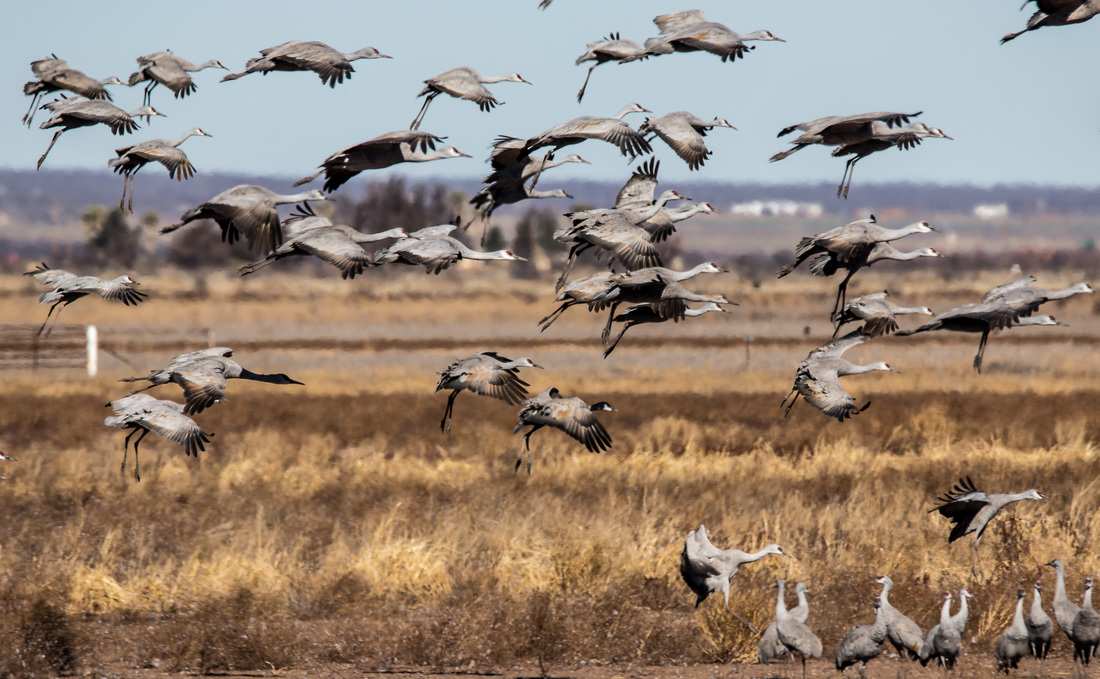
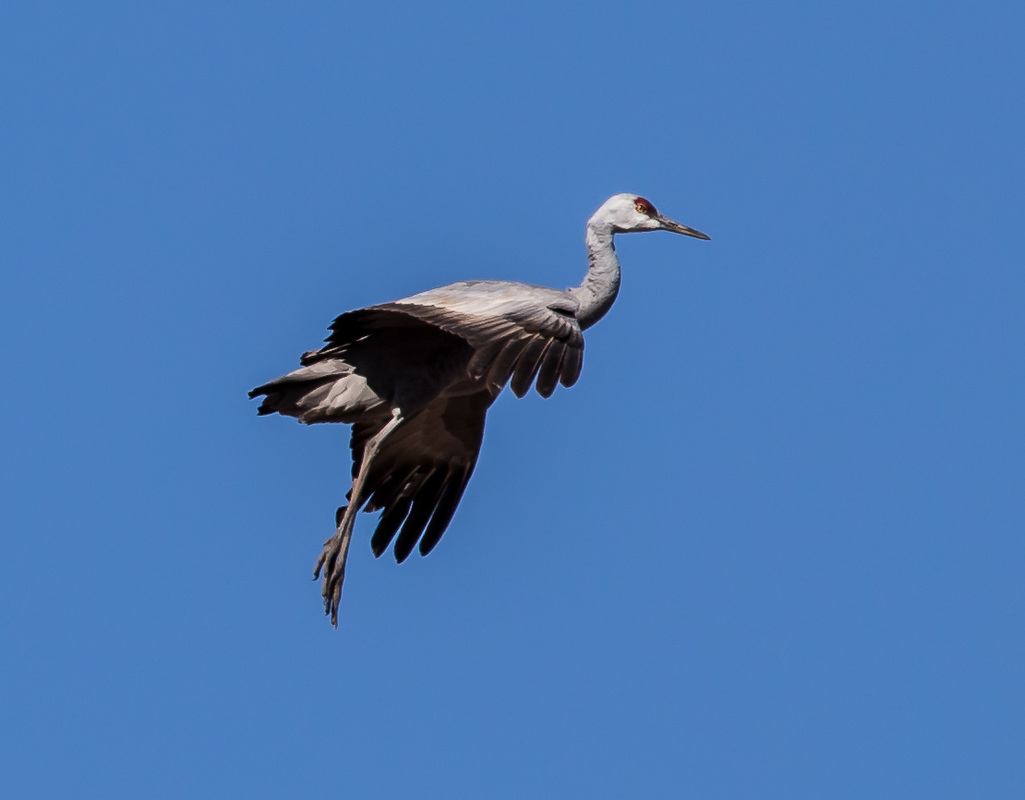
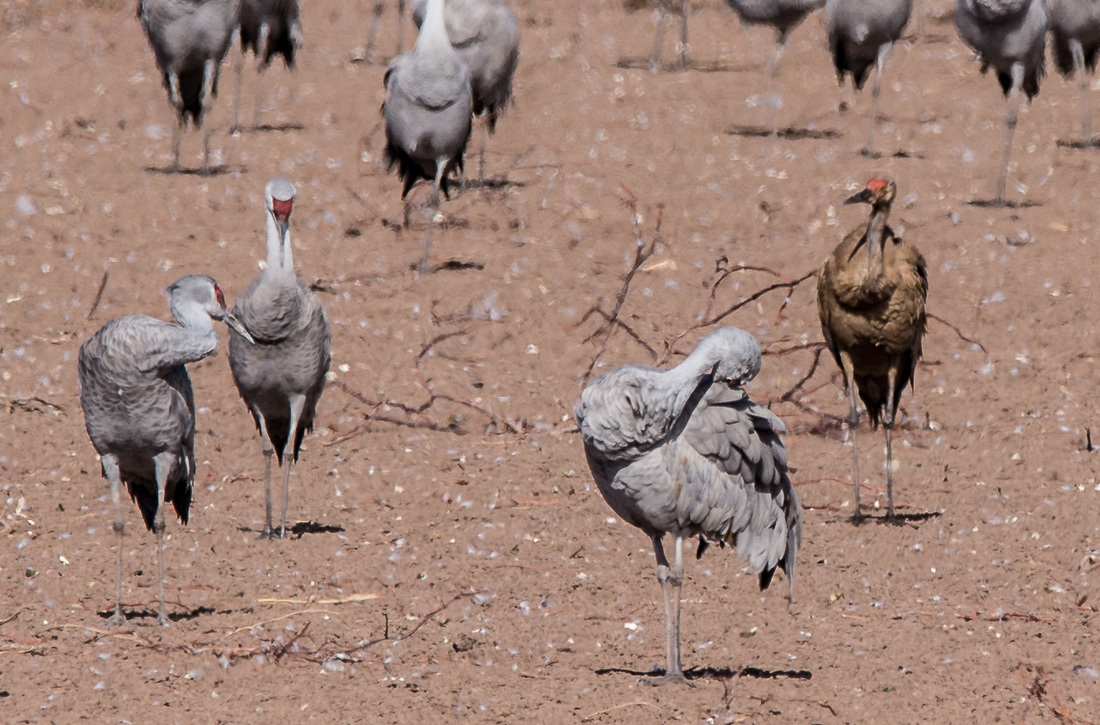
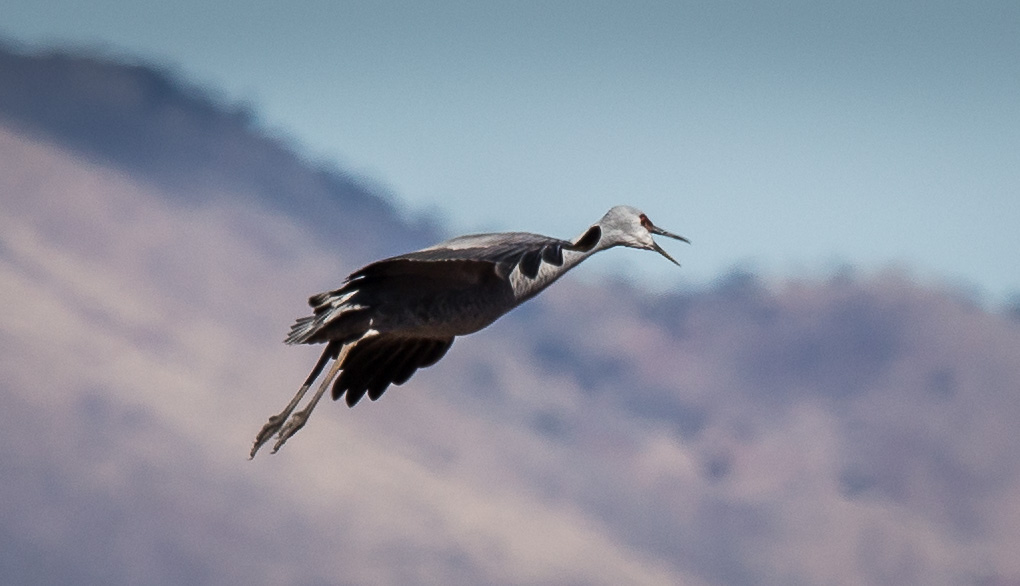
 RSS Feed
RSS Feed